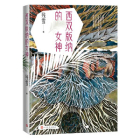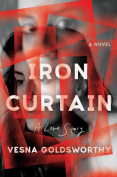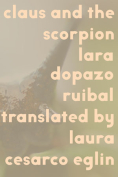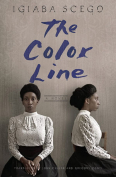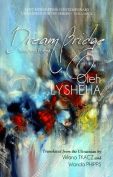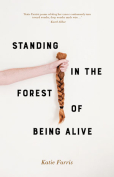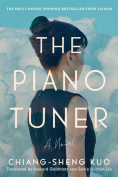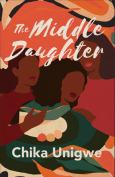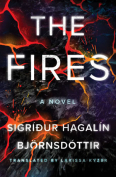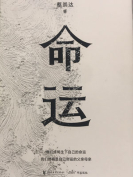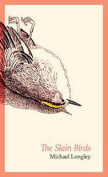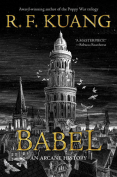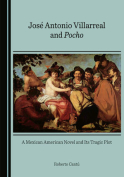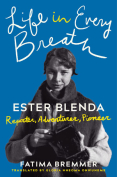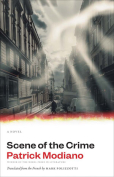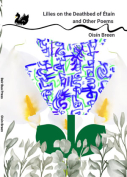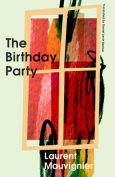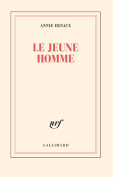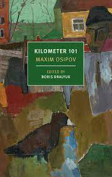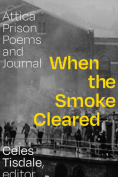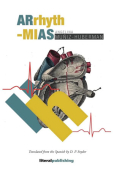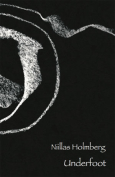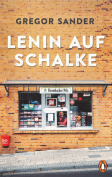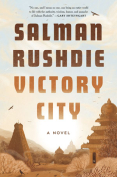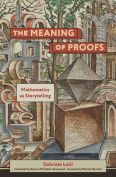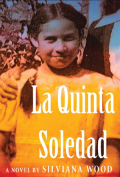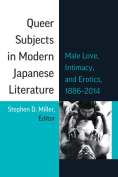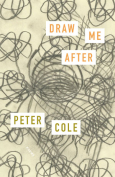The Slain Birds by Michael Longley
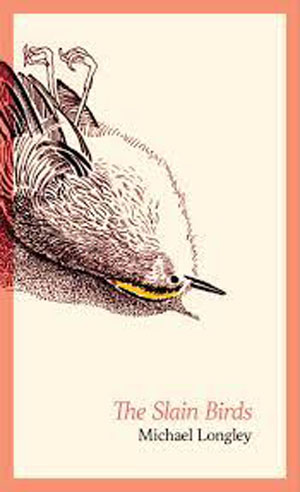 Winston-Salem, North Carolina. Wake Forest University Press. 2022. 96 pages.
Winston-Salem, North Carolina. Wake Forest University Press. 2022. 96 pages.
Michael Longley’s new verse collection, The Slain Birds, is mostly a book of miniatures, some poems not exceeding four, five, or even two lines, appearing two per page in eighteen instances; consequently, we read eighty-eight poems in seventy pages. In only a few cases do the poems achieve a length greater than half a page. This matters because, with Longley working in the tradition of poetry being an essential art, it places great pressure on the language to achieve the poetic in a few words. The poet does achieve that benchmark frequently, sometimes as luminously as a dwarf star, but other times, the poems can seem merely notational or observational. The Slain Birds would be a great book if it were edited to 70 percent of its current length, but as such it is only a good book. Patient readers will be rewarded.
At his best, Longley uses nuance and carefully selected detail (uncrowded by the inclusion of the superfluous) to attain affecting resonance with few words. Consider the imagery in the following poem, “Agony”: “To die like the skylark / parched on a mirage // Or like a tired quail / after crossing the sea / losing the will to fly and / dying in the first bushes // But not to live lamenting / like a blinded goldfinch.” The second image has the pathos of Shelley’s “sick eagle looking at the sky.” Similarly, what might seem at first like merely descriptive language in “Shell” becomes quickly consequential: “The spring tide keeps us from walking any farther / Towards the sea, so we sit on a reedy bank / And you pick out from wool and seaweed and droppings / A shell and slip into your handbag its spirals / With the fisherman’s float I rescued from the lake / Where, more than fifty years ago, we honeymooned. / The ravens in conversation overhead might be / Discussing us or that sheep dead in a hollow / With its yellow ear-tag and delicate black feet.” Here, we also hear the powerful influence of that best of Irish poets, William Butler Yeats, in “Adam’s Curse.”
In these two examples, then, we hear Longley at his most poetic and in relation to the best in English-language poetry; however, more times than I would like, these poems seem merely descriptive or of little consequence. For example, consider the poem ”Dream”: “I dreamed I had written a poem / About the beech tree in our garden. / I tried to find it in our notebook, / I sensed the beech tree taking shape, / Three hundred years of summer leaves.” Even if the reader summons the frequent appearance of the beech tree in Western literature and perhaps its specific importance in Irish mythology as providing the slices of bark on which Ogma, a god of poetry and writing, wrote, and even if the reader summons the idea of the body of three hundred years of Irish poetry taking leaf in a time of growth and the poet’s own season adding to it—even if the reader brings all of this to the poem, is it enough then for this particular poem to attain effective resonance?
The problem poses the larger question: Is mere description or mention of cultural symbols enough for a poem? It’s a matter of aesthetic value and province, perhaps. The better question might be, Is the language of the poem optimal? When thinking of descriptive poetry and image, I sometimes recall the influence of Rodin on Rilke, and how Rilke sought to write poems that realized the object of their gaze as fully as did Rodin’s sculptures. Rilke’s object-poems (dinggedichte), poems like “The Spanish Dancer” and “The Panther,” find the language, the shape of sound, that brings the objects (and their interiors) optimally and vividly present.
Perhaps that is the project at which some of Longley’s poems succeed and others don’t; however, to end with another example of Longley’s success, I quote a two-line poem, “Eyelid,” about the poet’s daughter examining the dead body of a tawny owl found on the roadside: “Amelia opens the tawny owl’s eyelid / And finds a concentration of the night.”
Fred Dings
University of South Carolina
